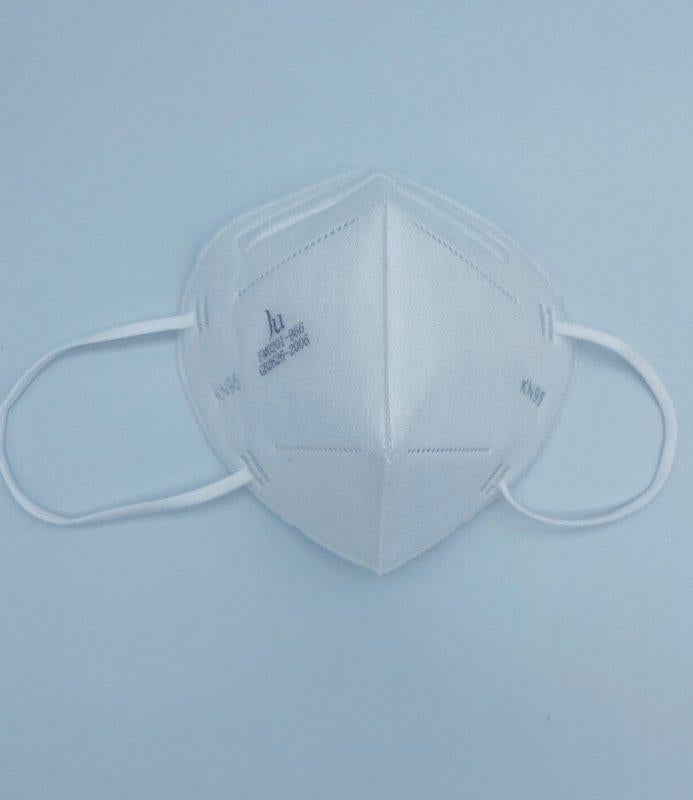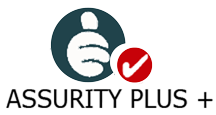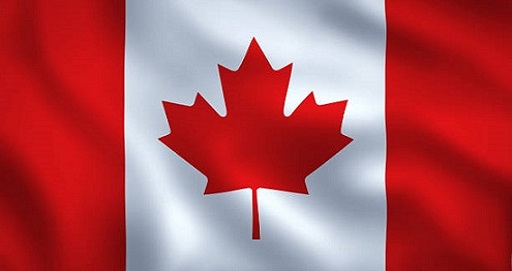- Your cart is empty
- Continue Shopping
As calls for better masking practices increase, provinces are divided over the use of N95s

Steve Rogak can’t help but notice the masks on his fellow straphangers’faces during bus rides to his office at the University of British Columbia, or en route to the ferry he takes to visit his elderly parents on Vancouver Island.
The mechanical engineering professorswapped out his medical masks for heavier-duty N95 respirators in November, as newsspread of the emerging Omicron variant of COVID-19 and its high rates of transmission.
Dr. Rogak, who has been studying aerosols for almost 40 years and has been lab-testing the efficacy of different mask materials during the pandemic, estimates his earlier approach to covering his face, using two of the omnipresent blue masks layered one on top of the other, prevented him from breathing in up to 80 per cent of the virus circulating in the air around him.
But N95 masks, he estimates, provide 95-per-cent protection or better, because they’re specifically designed to form a good seal on a wearer’s face and filter mist-like particles, including the ones researchers believe are carrying the virus from person to person. Now, when he finds himself in crowded indoor spaces such as buses, where he sees most people still wearing either cloth or medical masks, he wants the extra protection. He often sees large gaps on the sides of people’s face coverings and is mystified by those who pull masks down to sip coffee or eat something, which fully negates any protection.
“It’s a little bit sad that two years in, this isn’t something everybody knows very well,” he said.
As Omicron continues to spread too fast for provinces to track case counts, Dr. Rogak isn’t the only expert advising the use of N95s. A growing chorus of infectious disease doctors around the continent are saying the respirators now need to be worn in public indoor spaces – especially in locations such as hospitals, nursing homes and schools.
As these calls for better masking practices increase, authorities in different provinces are divided over whether it’s necessary or wise for governments to provide people with N95s. Some officials have expressed doubt that the respirators do much more to prevent viral spread among the general public than ordinary medical masks.
Top government doctors in British Columbia, Alberta and Quebec maintain N95s aren’t needed in schools, and they remain skeptical that the respirators add a meaningful level of protection in other public settings. Ontario, meanwhile, has been more receptive to supplying N95s. The Education Ministry there has pledged to ensure the province’s teachers have them.
Bonnie Henry, B.C.’s Provincial Health Officer, said at a pandemic briefing last Tuesday that the “incremental benefit” N95s offer in low-risk settings such as schools or stores is minimal.
“What is most important is that you have a good-fitting mask that you wear, and you wear appropriately,” she said.
Pressed last Friday about a request from the B.C. Teachers’ Federation for N95 respirators to be provided toschools, Dr. Henry said they aren’t needed because there are so many other layers of protection for students and teachers, such as daily screening for symptomatic people, and rules that prevent mixing and mingling between students in differentclasses.
Alberta’s Chief Medical Officer of Health, Deena Hinshaw, agrees.
“There is very little evidence that in a community setting using N95 masks is going to provide a significant additional benefit,” Dr. Hinshaw told reporters at a news conference last Tuesday.
Alberta Premier Jason Kenney said last week that the medical masks his government has purchased are good enough for students and teachers as they return to classrooms.
“The N95s are a lot more expensive. They’re about $3.25 a piece versus about 80 to 90 cents a piece for the medical-grade masks,” Mr. Kenney said. “We’d be prepared to spend that if the advice we had – the data – supported this.”
Last Wednesday, Quebec’s Public Health Director, Horacio Arruda, told reporters that even if his province were given an unlimited supply of N95s he wouldn’t recommend students and teachers wear them in schools.
“From what I know and what my experts tell me today, I would not recommend an N95 – it’s not easy to wear an N95 all day,” he said. “In the common use, I think a good surgical mask … is probably as efficient or even better.”
Before Christmas, Canada’s top doctor, Chief Public Health Officer Theresa Tam, began advising people to stop wearing cloth masks and instead use three-ply medical masks or, if possible, N95 masks or similar respirators.
“The medical masks are better at filtering viruses, but more importantly, something like a respirator is a better fit for people’s faces in general, so that’s why if you can get your hands on respirators … that’s going to give you better protection,” she told the CBC in an interview.
Abraar Karan, an infectious-disease doctor at Stanford University who treats several COVID-19 patients a day, said that during this Omicron-fuelled spike in infections, public-health officials need to use the precautionary principle and recommend N95 respirators be used more widely.
A single medical mask protects a wearer from less than 60 per cent of the virus in the air around them, he added.
“What is the benefit having 50 to 60 per cent versus 90 per cent? Take a 30- to 40-per-cent difference in protection and then multiply that at scale, and then figure out what that looks like for the exponential spread,” Dr. Karan said. “N95s are a huge benefit with little to no cost, aside from if it’s money – if it’s too expensive then you should just say, ‘yeah this is too expensive.’”
For the average person, he said, a 10-pack of N95 respirators could be stretched to last more than three months. A person could wear a different one each day of the week and get up to 10 days out of each N95, he estimated.
In the San Francisco Bay Area, where Dr. Karan is located, packs of 10 N95s are available at drug stores for about US$10. But in Canada there is a shortage of the respirators on many store shelves because of a recent uptick in demand. Many Canadians with means are now buying them in bulk, directly from manufacturers.
Vancouver family physician Anna Wolak, who is a volunteer with the national non-profit Masks4Canada, said people who can’t find or afford N95sshould wear medical masks covered with tight-fitting cloth masks, to reduce air leakage.
Dr. Wolak said her group wants governments to purchase N95 respirators and distribute them to students and teachers.
“Essentially what we’re asking is for B.C. to recognize the aerosolized nature of COVID,” she said.
Mikhail Moore, the founder of Burnaby-based mask manufacturer Vitacore Industries, said his company gives away 200,000 N95 respirators each month. He approached the B.C. government last week with an offer to provide those N95s to mass immunization clinics across the province, where he had heard health care workers were disappointed they were being given only medical masks to wear. The government is still discussing the offer, he said.
Dentist Alex Rosenczweig posted his dismay on social media after recently being toldhe could not work at an immunization clinic at the Vancouver Convention Centre if he insisted on wearing his own N95 mask, rather than a government-supplied medical mask.
The Vancouver Coastal Health authority told The Globe and Mail last Friday evening that N95s are only required in clinical settings where aerosol-generating procedures are done on COVID-19 patients and, under provincial rules, can only be worn in workplaces after specializedtests are completed to ensure they fit on people’s faces properly.
Dr. Rosenczweig said the risk, ultimately, was too great for him to pitch in on the effort to boost the province’s overall immunity to the virus.
“I feel loss for the public, but I don’t want to put myself at risk and potentially expose more people at my practice – it makes no sense to me,” he said.
We have a weekly Western Canada newsletter written by our B.C. and Alberta bureau chiefs, providing a comprehensive package of the news you need to know about the region and its place in the issues facing Canada.








